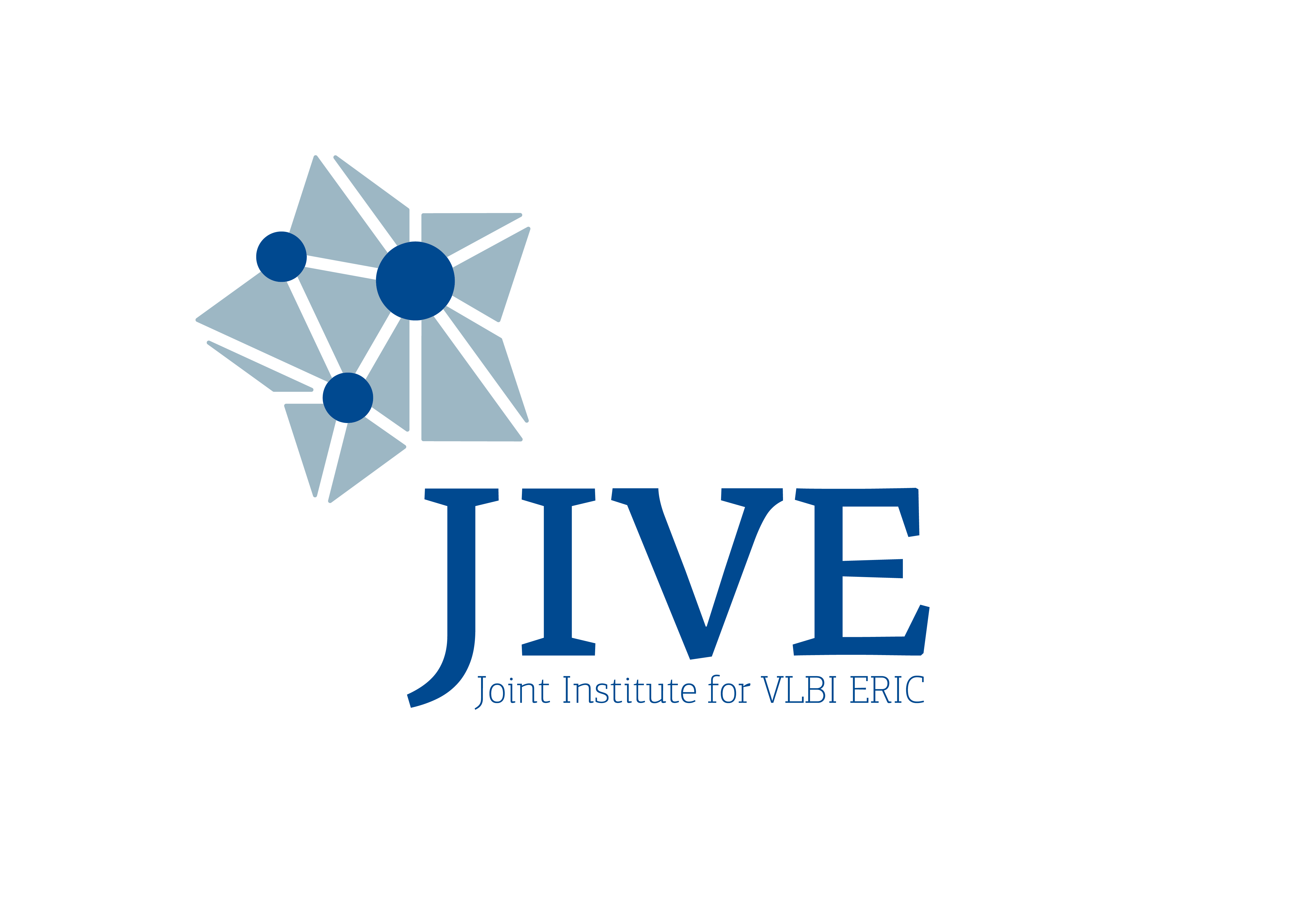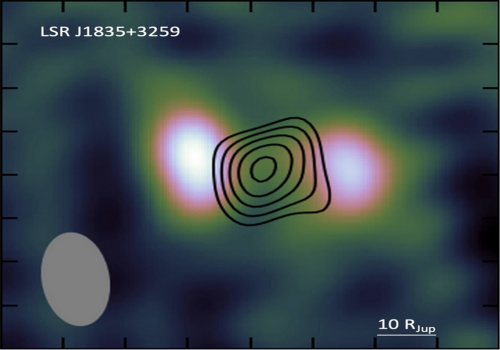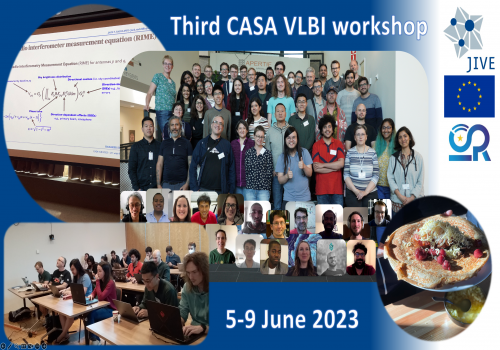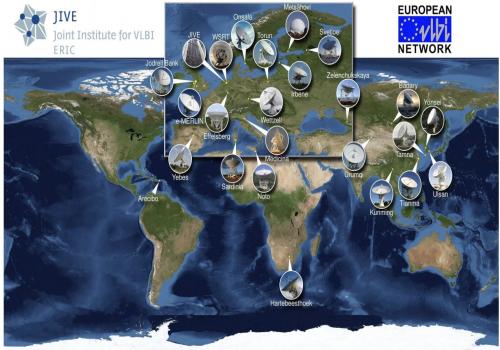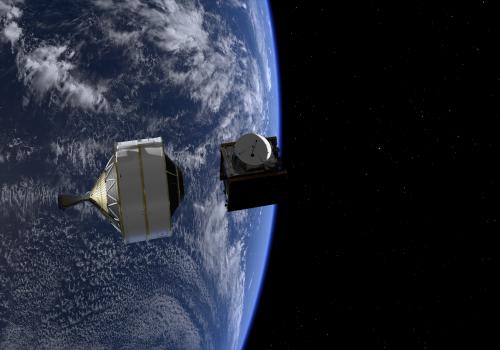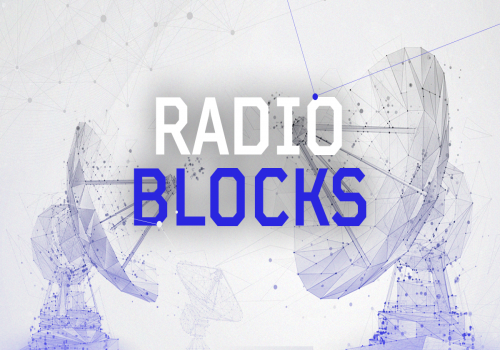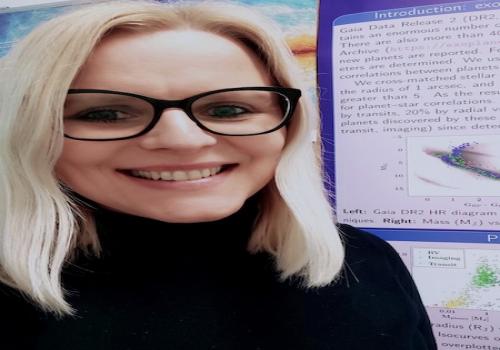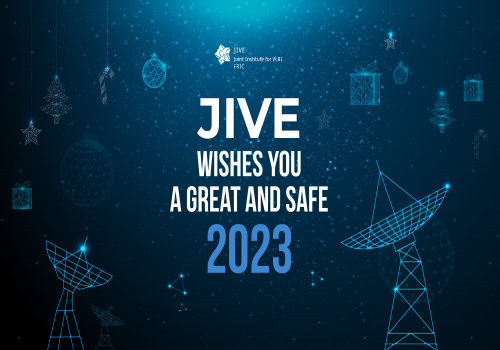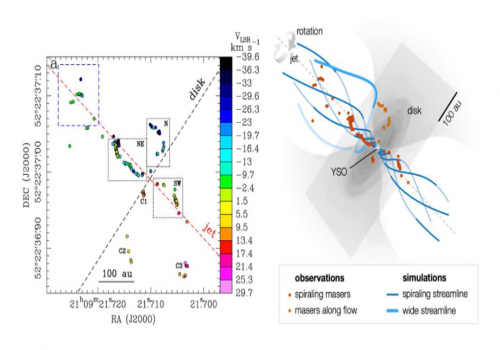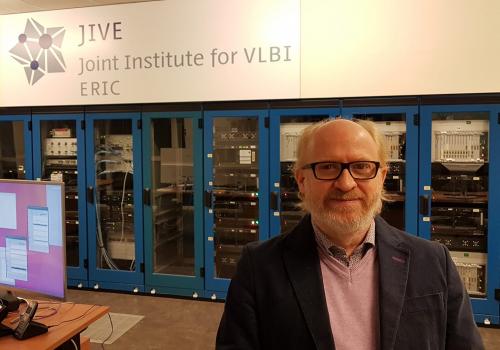News
European VLBI Network Call for Proposals is open
04/09/2023
Observing proposals are invited for the European VLBI Network (EVN). The deadline for proposal submission is 1 October 2023 at 16:00 UTC. See the Call for Proposals text here for full information about the call and how to submit proposals.
CASA VLBI workshop successful
19/06/2023
Where do you go when you want to learn the fine art of calibrating very long baseline interferometry observations? You join the CASA VLBI workshop! The third edition of this event took place from 5 to 9 June 2023, organised and hosted by JIVE.
The EVN/JIVE Newsletter #65 is published
15/05/2023
The May 2023 issue of the EVN/JIVE Newsletter is now available and includes relevant updates of the European VLBI Network. The Newsletter can be accessed here.
ESA’s JUICE mission on its way to Jupiter
14/04/2023
After years of preparations, JUICE’s satellite is on its way to explore the largest giant gas planet in our solar system, Jupiter, and its three large ocean-bearing icy moons; Ganymede, Europa and Callisto.
Welcome RADIOBLOCKS!
01/03/2023
This Horizon Europe project, coordinated by JIVE ERIC and including major European research infrastructures for radio astronomy, together with partners from industry and academia, has been granted 10 M€ by the European Commission to develop “common building blocks” for technological solutions beyond the state-of-the-art, that will enable a broad range of new science and enhance European scientific competitiveness.
The EVN/JIVE Newsletter #64 is published
02/01/2023
The January 2023 issue of the EVN/JIVE Newsletter is now available and includes relevant updates of the European VLBI Network. The Newsletter can be accessed here.
Agnieszka Słowikowska appointed as new JIVE Director
21/12/2022
Agnieszka Słowikowska has been appointed as the next JIVE Director, to start in January 2023.
Season's greetings and happy new year 2023
20/12/2022
On behalf of everyone at the Joint Institute for VLBI ERIC we would like to wish you, your family and colleagues, a happy, peaceful and safe festive season and new year 2023.
European VLBI Network Call for Proposals is open
20/12/2022
Observing proposals are invited for the European VLBI Network (EVN). The deadline for proposal submission is 1 February 2023 at 16:00 UTC. See the Call for Proposals text here for full information about the call and how to submit proposals.
Francisco “Paco” Colomer Farewell Message
15/12/2022
Dear colleagues,
After almost 6 years in JIVE (5 as director), the time has come for me to step down and move to new projects.
Coming to JIVE has been one of the best decisions of my life, it has allowed me to work with very talented people, in an intense international context. I learnt a lot. We engaged in many different activities which delivered together successfully, to highlight a few, the review in 2018, the EVN Science Vision 2020-2030, new correlator modes (multi-phase centers, pulsars, etc), enhanced user support (update of EVN users guide, EVN support+, ERIS and CASA-VLBI workshops, etc), many science and R&D projects, VLBI advocacy, etc.
